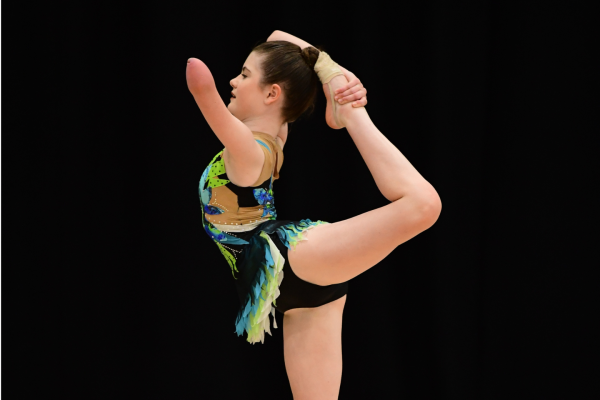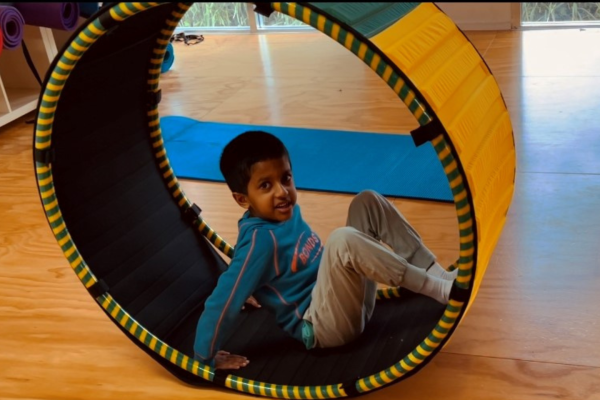
Inclusion, awareness and accessibility – more than words
What do these three words mean to you?
Depending on your own personal circumstances, these words will mean different things to different people. I am a mother of child with a disability, and do not have a disability myself. I can only speak from my role as a carer, mother and advocate for my son on the life we have lived and experienced so far.
I asked an organisation recently what their policy was on inclusive events – the response was something also the lines of ‘as long as it doesn’t disrupt us to much, we are ok with it. We don’t want too many wheelchair or special needs pram users, vision impairments could be a problem and children having behaviour issues (meltdowns) – well, that would make it uncomfortable for others?(!)
‘ Ummm, ok then! So basically, you’re fine, as long as you don’t have to make any adjustments?!
The response pretty much sums up the problems that many parents face when they are trying to navigate inclusion and accessibility issues for their children with disability. Inclusion right there, has failed.
When things like this happen repeatedly it becomes all too hard and we start thinking that it’s easier to stay home (and yes, sometimes it is!). However, this doesn’t make it right.
For me personally, I have found that awareness of disability doesn’t automatically mean that there is accessibility to the types of things we want to do as a family.
At nearly seven, my son’s language and speech are improving all the time, but he does not speak in full sentences. If he is in a hurry or is stressed or overwhelmed, he will repeat the same word very loudly. His loud shouts of ‘NO’ at the top of his lungs and his habit of flopping himself on the ground, will always draw a few looks when we are out and about. It’s just not viewed as socially acceptable behaviour, is it?
When we are being taught what socially acceptable behaviour is (including in the classroom – think Bumpy Road or Sad Face, Happy Face) – it’s not explained to us that not everyone follows this neat ‘socially acceptable behaviour’ chart. My son falls into this bracket – he expresses and see’s the world differently and will quite often ‘bolt’ if he is overstimulated or feels a threat.
Thankfully, his school completely understands this and makes adjustments accordingly.
For inclusion to work – in any setting – we all need to accept that the behaviours of ALL people are far more complicated than a simple concept of ‘Happy Face, Sad Face’.
Awareness begins when we start telling the full story, the true nature of the complexities of what some children face daily; the daily challenges that my son faces, that others take for granted.
The physical impairment that my son lives with requires him to need our daily assistance with the basic of human needs; dressing, toileting, feeding etc.
While his twin is able to do these things, he is unable to do so. His muscles work three times harder in the morning to physically keep up with her, and that’s even before we’ve left the house! In an ideal world, inclusion, awareness and accessibility would be a natural part of the conversation. These things wouldn’t be an afterthought or an agenda item for policy makers. Instead, they would be implemented organically through our conversations and decisions – we would ask the question and find the solutions.
Regardless of my son’s impairments, he has abilities that far exceed any of his inabilities. He has adapted to his life and makes his own personal adjustments accordingly.
It’s about time inclusion, awareness and accessibility received a makeover as a national community issue to be addressed.
It’s one that affects us all.
We need policy makers to listen to those people who have personally experienced disability, and those who care for people with disability (parents, carers and the health professionals).
This group of people have a very different and lived experience of their own meaning of these three ‘words’ on a daily basis.
They are first and foremost, who we need to listen to and support.







